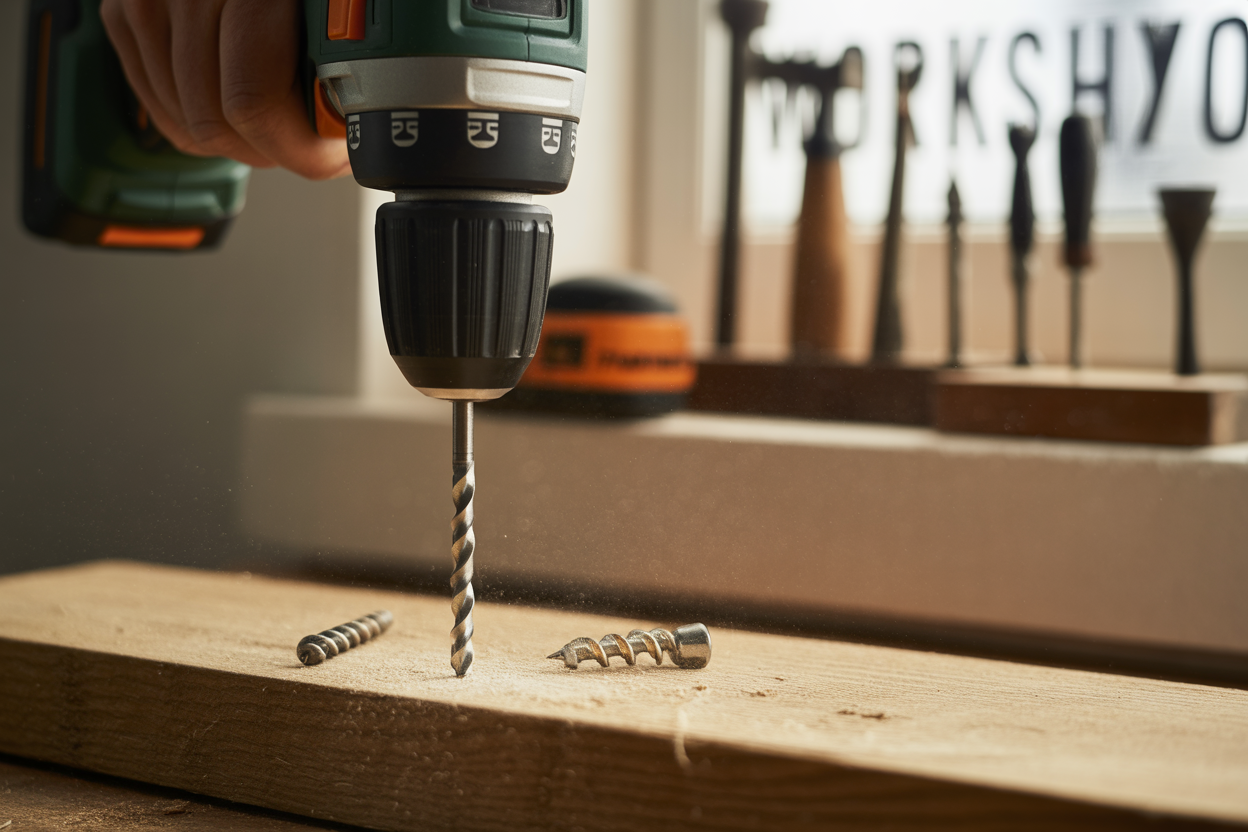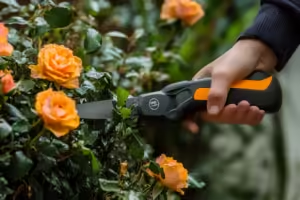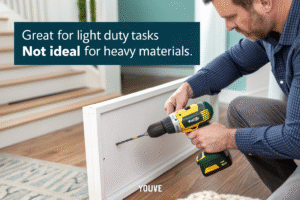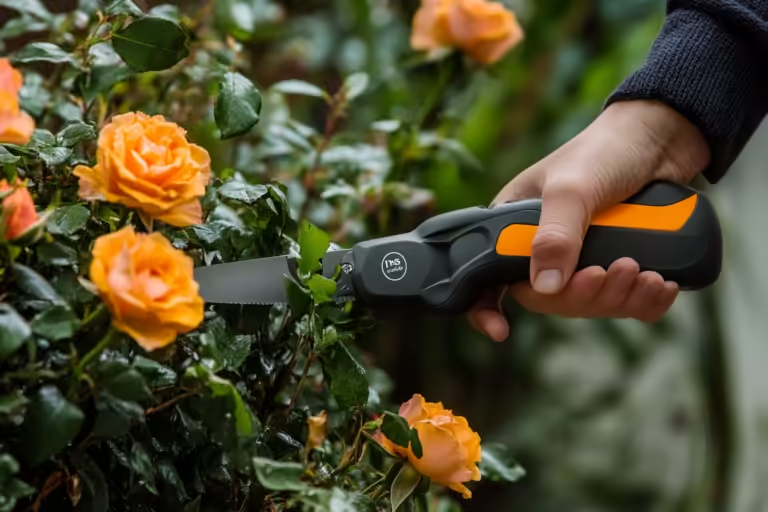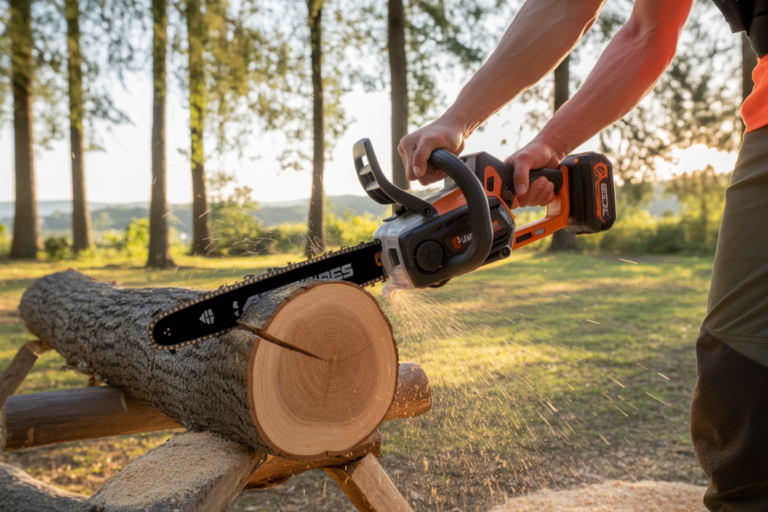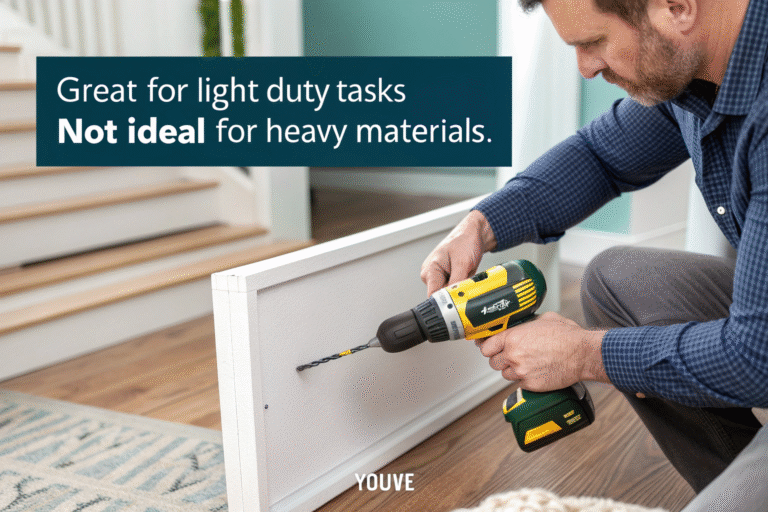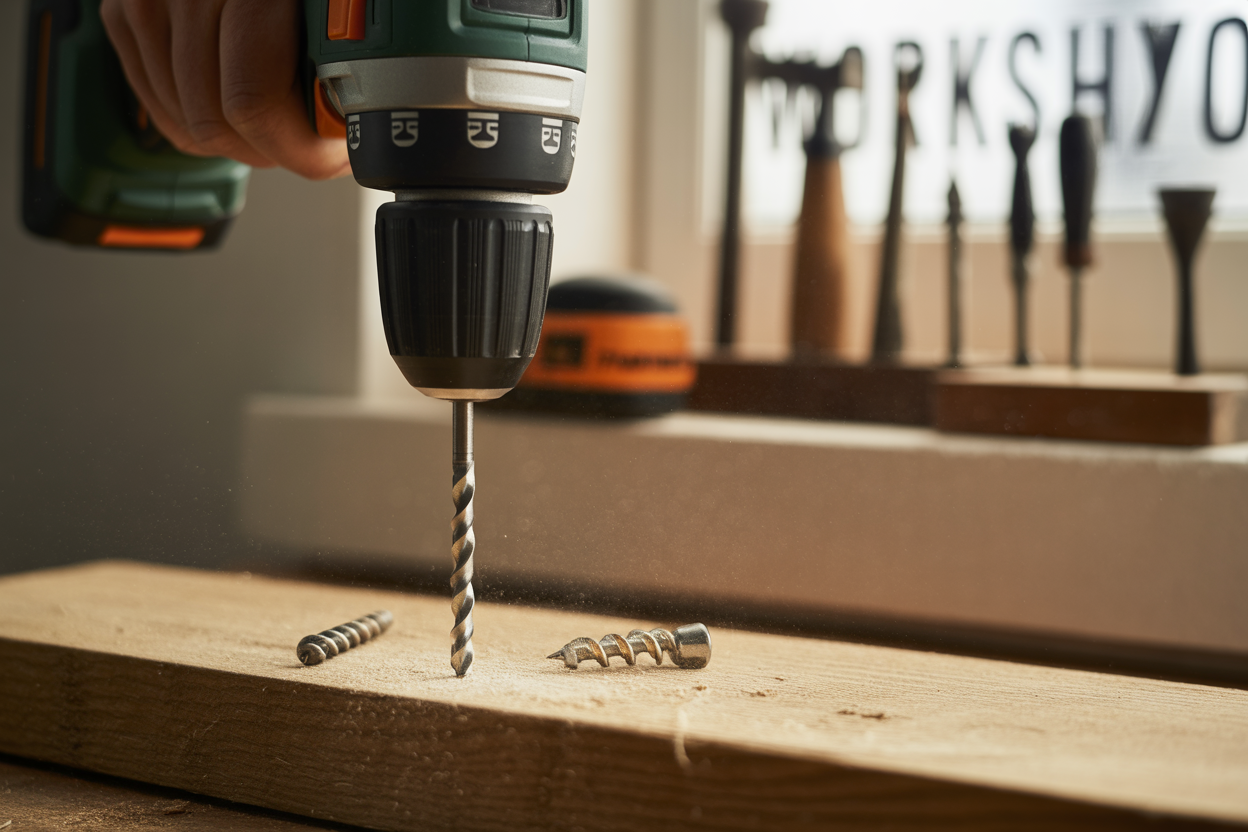
Most people overthink torque. The truth? It’s about matching the power of your drill1 with the job at hand. Whether you’re driving tiny screws into soft wood2 or boring holes into thick metal, torque decides whether you smile—or swear—while working. Let’s walk through the essentials.
Drill torque is the twisting force a drill applies to drive screws or bore holes. Higher torque helps with tougher materials, while lower torque is better for control on lighter tasks. Choosing the right torque ensures accuracy, prevents damage, and makes drilling more efficient.
Most people overthink torque. The truth? It’s about matching the power of your drill with the job at hand. Whether you’re driving tiny screws into soft wood or boring holes into thick metal, torque decides whether you smile—or swear—while working. Let’s walk through the essentials.
What does torque mean and how does it impact your tools?
Torque simply measures how much twisting force a drill can generate. It’s like the muscle behind the spin.
Torque means twisting force measured in Newton-meters (Nm). On a drill, higher torque allows driving screws into hard materials, while lower torque prevents overdriving or stripping in softer materials. It impacts speed, control, and the drill’s ability to handle different jobs.
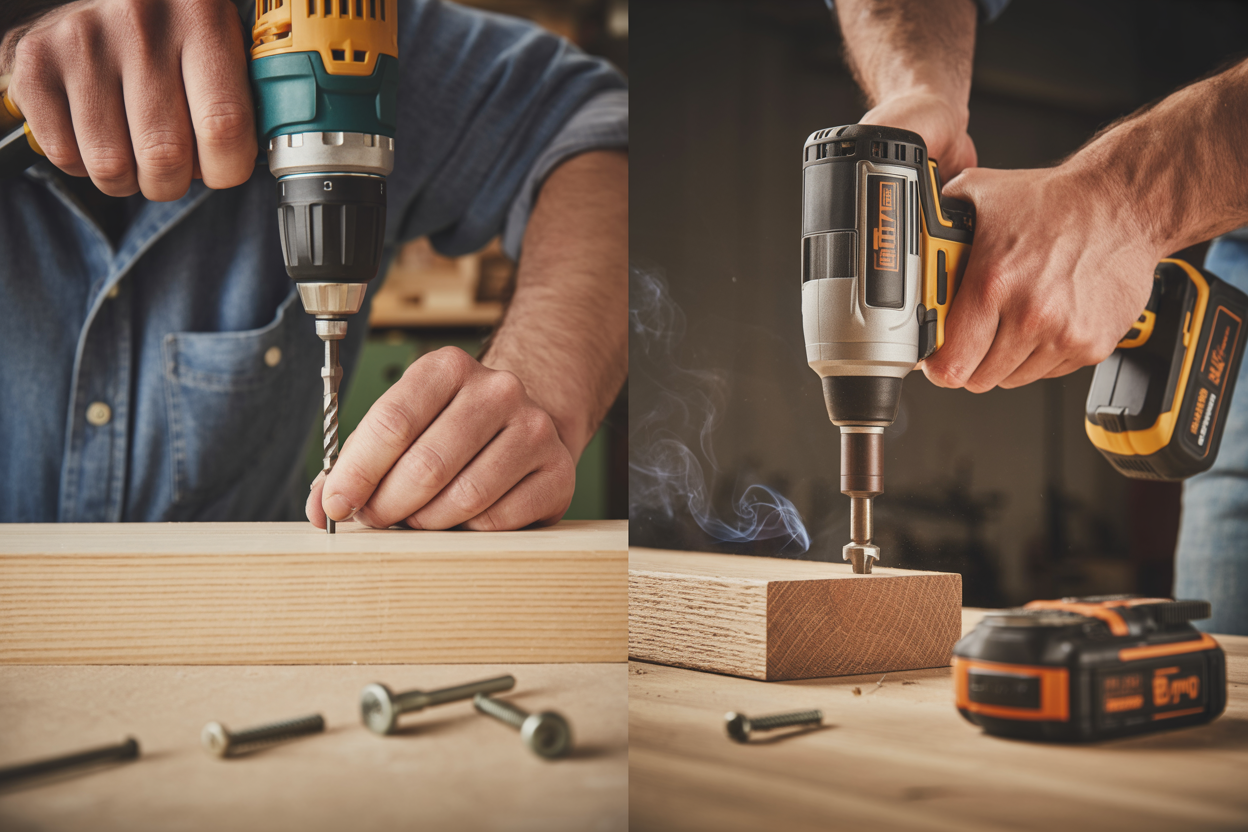
When I first learned about torque, someone explained it like pushing a door. Push at the edge, and the door swings easily—that’s high torque. Push near the hinge, and you struggle—that’s low torque.
In real use, torque decides whether your drill powers through hardwood or just spins helplessly. For example, with 20–30Nm, you can handle furniture assembly or drywall work. But if you’re installing decking or drilling into concrete, you’ll need at least 50–60Nm.
Here’s a quick breakdown:
| Material / Task | Recommended Torque |
|---|---|
| Soft wood, drywall | 10–20 Nm |
| Furniture assembly | 20–30 Nm |
| Hardwood, plastic | 30–40 Nm |
| Decking, concrete | 50–60 Nm+ |
Torque isn’t just a number—it’s the invisible muscle that makes your drill either glide or struggle. Think of it as the difference between casually twisting open a soda bottle and trying to loosen a rusty bolt.
How do I choose the right power drill?
Picking the right drill isn’t about brand names; it’s about fit.
Choose a drill by matching torque, speed, and features to your tasks. Light tasks need 10–20Nm, medium jobs 30–40Nm, and heavy-duty work 50Nm+. Also consider battery life, chuck size, and whether you need hammer action for masonry.
When I bought my first drill, I chose the cheapest one on the shelf. Big mistake—it couldn’t even get screws into pine without smoking. That taught me: don’t just look at the price tag, look at what you actually need.
Here’s what I check now:
- Torque range: Adjustable settings matter.
- Speed control: Two gears (low for torque, high for speed) make life easier.
- Chuck size: 10mm for small jobs, 13mm if you plan on bigger bits.
- Battery: Longer life means fewer frustrations mid-project.
- Extra features: Hammer mode for brick, LED light for dark corners.
So, if you’re like my friend Marco who builds kitchen cabinets, a 30Nm drill is plenty. But if you’re like me, occasionally tackling steel brackets or concrete, you’ll want something beefier.
What does higher torque do on a drill?
Higher torque isn’t always better—it’s about control.
Higher torque provides more twisting force, allowing a drill to handle dense materials like hardwood, metal, or masonry. It reduces stalling and ensures screws or bits penetrate fully. However, without proper settings, it can strip screws or damage softer materials.
I’ll never forget the first time I set my drill to max torque and tried screwing into soft pine—it buried the screw halfway through the board. Not pretty. That’s when I realized torque is like car horsepower: great on the highway, tricky in a parking lot.
In practical terms, higher torque helps when:
- Drilling into hardwood beams
- Driving long screws or bolts
- Working with dense plastics
- Using large-diameter drill bits
But too much torque on delicate work? Disaster. That’s why adjustable torque settings exist—they’re your safety net. Set it lower when working with softwood or drywall, crank it up when the material fights back.
What is the best drill bit for thick metal?
The bit you choose makes or breaks the job.
For thick metal, the best drill bit is a cobalt alloy bit (M35 or M42). These resist heat and wear, cut smoothly, and last longer. Use cutting fluid and slow speed to prevent overheating and extend bit life.
When I first tried drilling steel, I grabbed a standard HSS bit. Ten minutes later, it was smoking, dull, and useless. Lesson learned: metal eats weak bits for breakfast.
For thick steel, I swear by cobalt bits. They stay sharp longer, resist the insane heat, and don’t give up halfway. Add a few drops of cutting oil, slow down the drill speed, and let the bit do the work.
Here’s a quick guide:
| Drill Bit Type | Best Use |
|---|---|
| HSS | Thin sheet metal, soft alloys |
| Titanium-coated | Light to medium metals |
| Cobalt (M35/M42) | Thick, hard metals like steel |
If you want clean holes without ruining bits (or your patience), cobalt is the way to go. And don’t forget—slow and steady wins this race.
Conclusion
Torque isn’t complicated—it’s simply matching muscle to the job. Once you get it, choosing drills and bits becomes less guesswork, more confidence.

